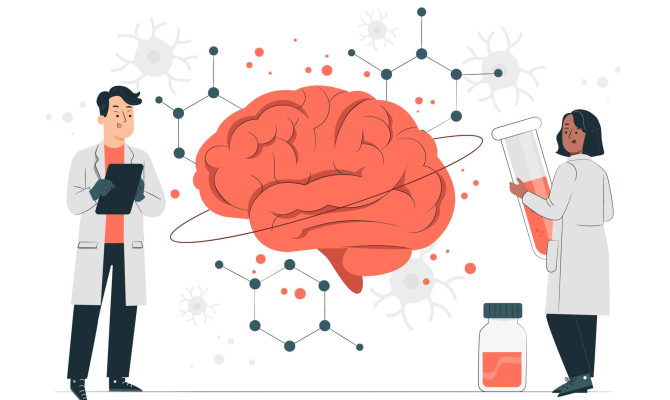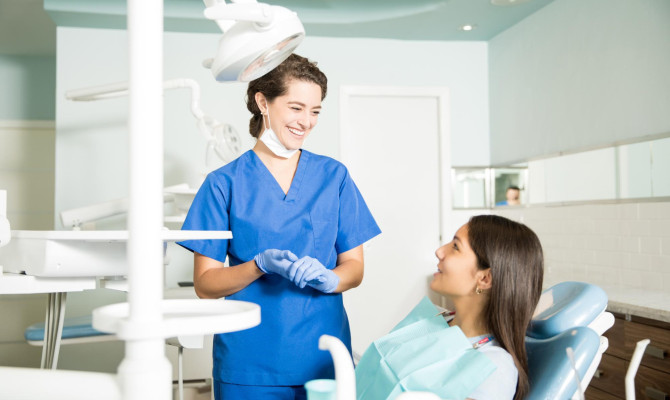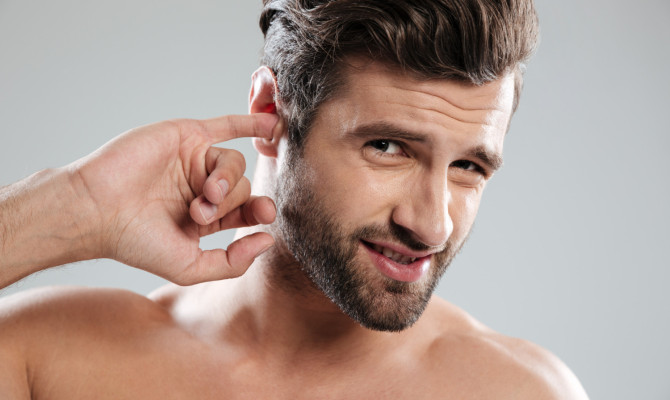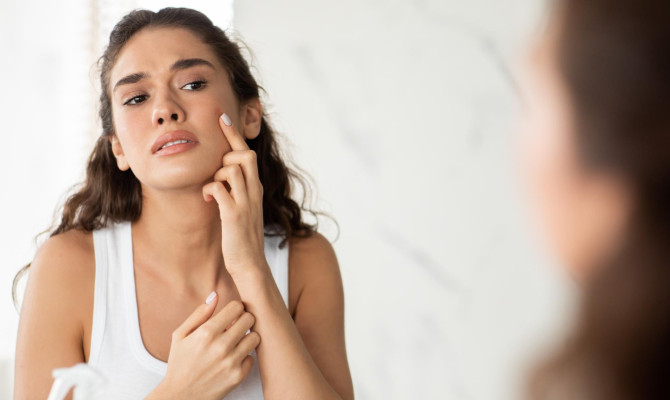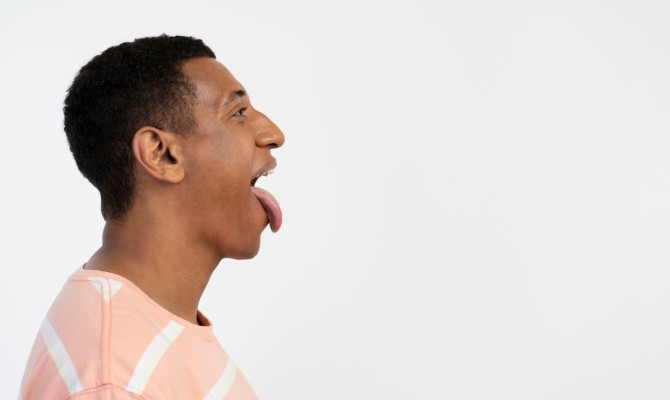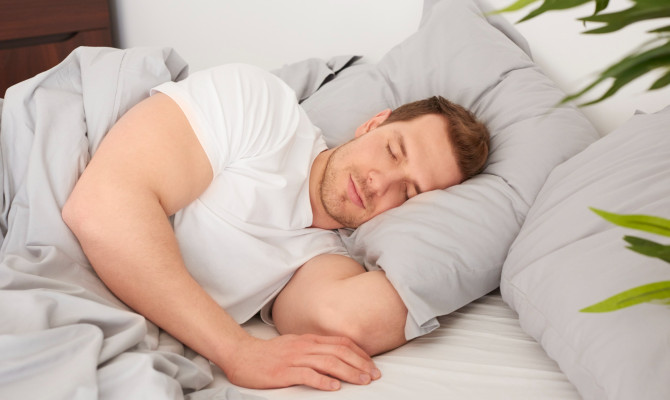Stye: Causes, Symptoms, and Management

- Stye
- 28 Aug 2023
Introduction
What is a Stye?
A stye, often called a hordeolum, is a typically harmless eye ailment that appears as a sore, red hump on the eyelid. It can happen internally or externally and is often brought on by a bacterial infection in the eyelids’ oil glands. Even though they can be unpleasant, they frequently go away on their own in a few days to a week. 1Introduction | Researched based study from National Library of Medicine
This article examines their causes, symptoms, and practical treatment options. Join us as we discuss this prevalent eyelid issue and discover how to avoid it.
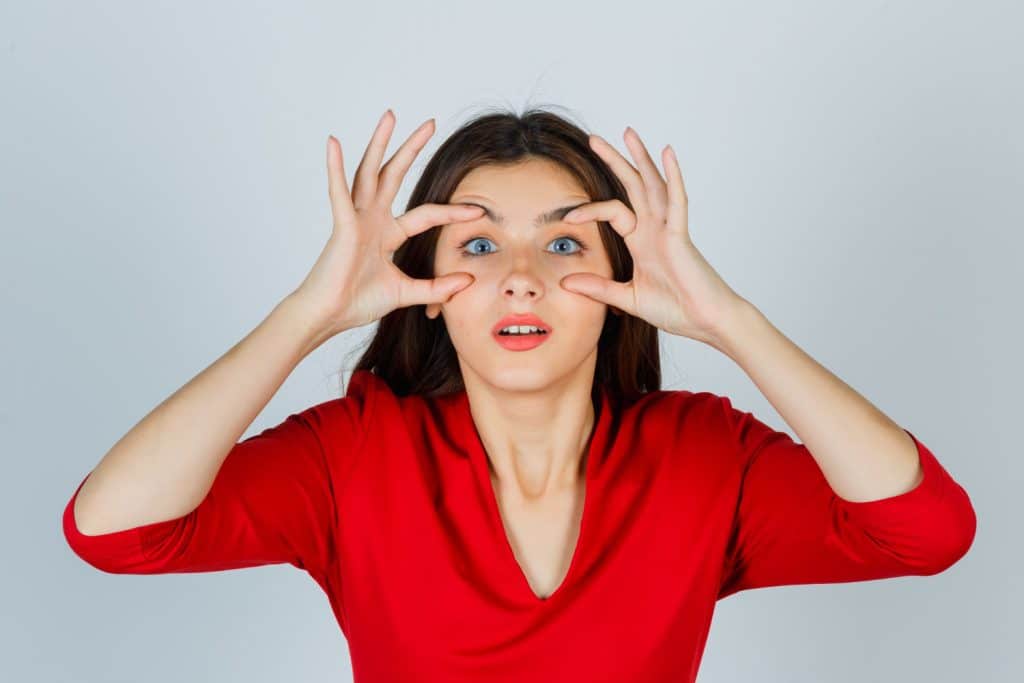
Symptoms
Symptoms:
Here are some of the common symptoms experienced by a person when they develop an eye stye:
- Painful bump
- Tenderness
- Swelling
- Redness
- Teary eye
- Foreign body like sensation
- Crust formation
- Discharge
- Itching
Painful bump
- This happens during the beginning stages of eye stye development.
- It typically appears as a little, painful lump along the eyelid’s crease.
- This lump may resemble a pimple or a boil in appearance.
Tenderness
- When you blink, touch, or exert pressure on the affected area, you might experience pain. Additionally, it could feel soft to the touch.
Swelling
- The eyelid near the bump may swell and inflame as it progresses.
- The eyelids may appear larger than usual due to the swelling.
Redness
- Redness in the area around an infected area is typically caused by inflammation and increased blood flow to that area.
Tears in the eyes
- Due to irritation from its presence, the eye next to the style may begin to tear up more frequently than usual.
The sensation of a foreign body
- Due to the pain and inflammation, some people may experience the sensation that something foreign, such as an eyelash or piece of grit, is in their eye.
Crust formation
- A little head or center that is yellowish-white could form as it grows. This may eventually drain, releasing pus.
Discharge
- It may leak a tiny amount of pus or fluid if it bursts or drains. This can lessen the soreness to some extent.
Mild itching
- Although less likely, you might suffer slight itching nearby, adding to the discomfort. 2Symptoms | Researched based study from National Library of Medicine 3Symptoms | Researched based study from Science direct
Causes
Causes of Stye:
What causes styes?
They are often brought on by an infection with germs, most frequently staphylococcus aureus. The oil glands (sebaceous glands) at the base of the eyelashes or along the eyelid are where the disease typically starts when bacteria enter and multiply there. This could happen for several reasons:
Poor hygiene
- The risk of infection is increased by the buildup of dirt, debris, and bacteria on the eyelids and by failing to remove makeup before bed.
Transfer of bacteria
- Using contaminated eye makeup or touching your eyes with unwashed hands might spread bacteria.
Blocked oil glands
- It might also happen if an eyelid’s oil gland gets clogged, leading to an accumulation of natural oil and a favorable habitat for bacterial development.
The use of contact lenses
- Due to the possibility for bacteria to build up on contact lenses, people who wear them may be more prone to it.
Hormone changes
- Changes in hormone levels can impact the oil glands, making them more prone to clogs and raising the risk of stye formation.
Weakened immune system
- People may be more susceptible to bacterial infections if their immune systems are less capable of fending them off.
- Long-term stress can impair the immune system, potentially making it more susceptible to diseases.
Previous history of skin disease
- They are more likely to develop due to rosacea and blepharitis, which can cause clogged glands and eyelid inflammation. 2Causes | Researched based study from National Library of Medicine 3Causes | Researched based study from Science direct
Diagnosis
Diagnosis of Stye:
The symptoms you describe to a healthcare practitioner and their appearance are often used to diagnose them. They may carry out the subsequent steps throughout the diagnosing process:
Physical evaluation
- The medical professional will carefully inspect your eyelid to determine its size, redness, swelling, and presence of any discharge.
Medical history
- They might inquire about your symptoms, when they first appeared, and your medical background, including any relevant past incidents.
Location and appearance
- Whether it is internal or exterior will be determined by the doctor.
Differentiation
- They may help distinguish between a stye and other similar illnesses, such as noninfectious chalazion.
In the majority of situations, diagnosing it doesn’t require considerable testing. However, the doctor might advise for the evaluation if it is recurrent and doesn’t respond to treatment or if they suspect consequences. 1Diagnosis| Researched based study from National Library of Medicine 5Diagnosis| Researched based study from American academy of Ophthalmology
Treatment

Treatment of Stye:
How to get rid of stye?
Symptom relief and healing promotion are often the main goals of treatment. Here are a few typical methods:
Warm compresses
- Apply a warm, wet compress to the affected area several times daily to encourage drainage and alleviate this discomfort.
- Additionally, it may reduce swelling and promote its development.
Hygiene
- They can be kept clean by giving them a mild, tear-free baby shampoo wash in warm water.
- To clean the area, use a fresh towel or cotton swab.
- Avoid wiping or rubbing your eyes because doing so can worsen the irritation.
Do not squeeze
- Avoid squeezing or popping it because doing so may cause further inflammation and perhaps the spread of infection.
Over the counter
- Two over-the-counter medications, ibuprofen and paracetamol, can help control pain and discomfort.
Antibiotic lotion
- A doctor may prescribe an antibiotic ointment to treat or prevent bacterial infections if the condition looks to be getting worse or is persistent.
Topical steroids
- Sometimes, a doctor may advise using a modest topical steroid to help ease pain and reduce inflammation.
Prescription antibiotics
- The doctor may advise oral antibiotics to help treat the infection if it is severe, recurrent, or there is a chance of consequences.
Drainage following surgery
- A healthcare professional may drain it in a sterile setting when it does not respond to other therapies or grows especially large and painful. 4Treatment | Researched based study from National Library of Medicine 5Treatment | Researched based study from American academy of Ophthalmology
Prevention
Prevention of Stye:
You can take the following steps to reduce your risk of having styes.
Maintaining good hygiene
- This includes washing your hands thoroughly before touching your eyes and taking off your makeup before bed.
- Use a gentle shampoo diluted with warm water to clean your eyelids frequently.
- Gently massage the mixture along the lash line to keep the area neat and prevent clogging.
Do not touch your eyes
- Refrain from touching or rubbing your eyes because doing so could spread bacteria.
Cleaned contact lenses
- If you wear contact lenses, insert and remove them with care.
Avoid sharing eye makeup
- Bacteria can be introduced by sharing eye makeup. Use your cosmetics and stay away from unused or old products.
Before going to bed, remove your contacts
- Before going to bed, take out your contact lenses to give your eyes a break.
- This lowers the possibility of infection while allowing your eyes to breathe.
Manage stress
- Utilize stress-reduction strategies in your daily routine to help stop infections.
Clean makeup brushes thoroughly
- Make sure to routinely clean your makeup brushes if you use them to prevent the growth of bacteria.
Avoid oil-based makeup
- It might obstruct oil glands. Makeup should be water-based, and remove it entirely before sleeping.
Keep a healthy diet.
- A vitamin and nutrient-rich diet promotes general eye health and can assist your body’s ability to fight infection.
Identify and treat underlying issues.
- Work with a healthcare practitioner to successfully manage and treat any underlying illnesses you may have, such as blepharitis or rosacea, that may be associated with developing a stye. 4Prevention | Researched based study from National Library of Medicine 5Prevention | Researched based study from American academy of Ophthalmology
Any feedback on this article?
 This Articles content was accurate
This Articles content was accurate Very Informative Article
Very Informative Article I have a question or a comment
I have a question or a comment
 This article contains inaccurate content
This article contains inaccurate content This article was not helpful
This article was not helpful I have a question or a comment
I have a question or a comment
We appreciate your helpful feedback!
Checkout our social pages
References
-
National Library of Medicine
Introduction | Diagnosis
-
National Library of Medicine
Causes | Symptoms
-
Science direct
Causes | Symptoms
-
National Library of Medicine
Treatment | Prevention
-
American academy of Ophthalmology
Diagnosis | Prevention | Treatment













